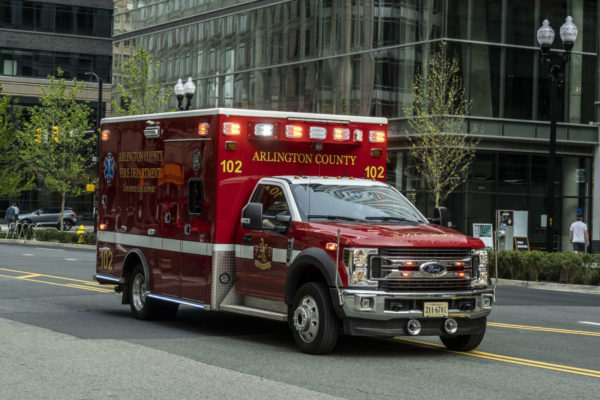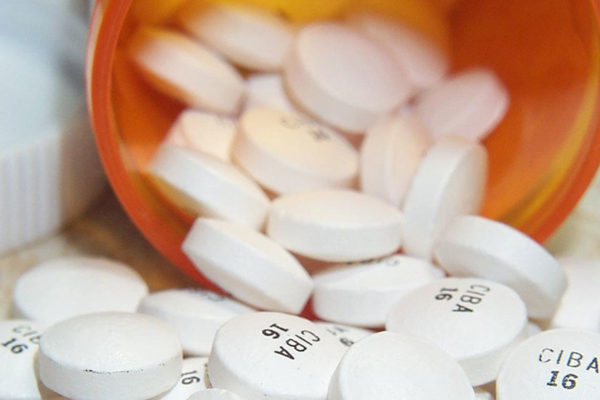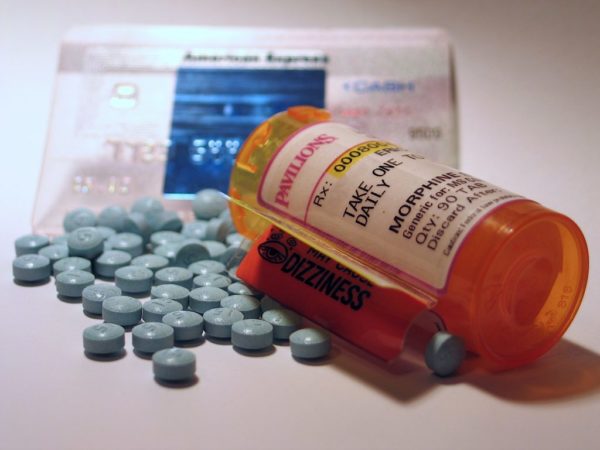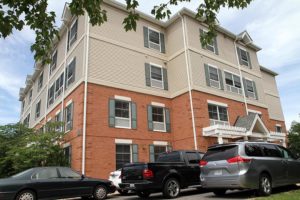
An Arlington program that lets emergency patients opt to be taken to an urgent care has only been used about a dozen times since its launch two years ago.
In April 2021, the Arlington County Fire Department implemented a new EMS model referred to as Emergency Triage, Treat, and Transport (ET3) at the behest of the Arlington County Board.
Among the changes from standard practice, the model allows patients the option to be transported to a local urgent care or specialized medical office as opposed to a hospital emergency rooms if emergency personnel deem it appropriate.
“Comparison studies show that treatment at urgent care centers can be up to 50 percent less than the cost of the same care at conventional hospitals for appropriate medical conditions,” noted a county press release at the time.
Another hope-for benefit was taking some pressure off overwhelmed local emergency rooms at the height of the pandemic.
However, in the approximately two years since it was launched countywide, only “roughly a dozen individuals” have been transported to an alternative destination, ACFD spokesperson Capt. Nate Hiner tells ARLnow.
It’s unclear why that number is so low, considering the volume of calls ACFD receives and the fact that Covid hospitalizations continued to significantly increase for nearly a year after the program’s launch.
“I want to highlight that we have offered transport to an alternative destination more than a dozen times,” Hiner said when asked to clarify that data point. “However, if a patient declines that service, the result is a transport to the hospital.”
In December 2021, ACFD launched the second phase of the ET3 program, which allowed a local patient to use telehealth technology to speak with a healthcare professional as opposed to traveling for the appointment.
The “Treatment in Place” service has been used considerably more than the transport to an alternate care facility, though it is still only being used by patients a few times per week.
“Telehealth services have been utilized over 170 times with over 102 individuals successfully treated in place,” Hiner said. “For those who were not treated in place, a wide variety of other final outcomes occurred such as transportation to an alternative destination or self-transport to the Emergency Department.”
In all, Hiner said, the ET3 program has kept “over 100 individuals” from having to go to a local hospital’s emergency department since it was launched two years ago.







